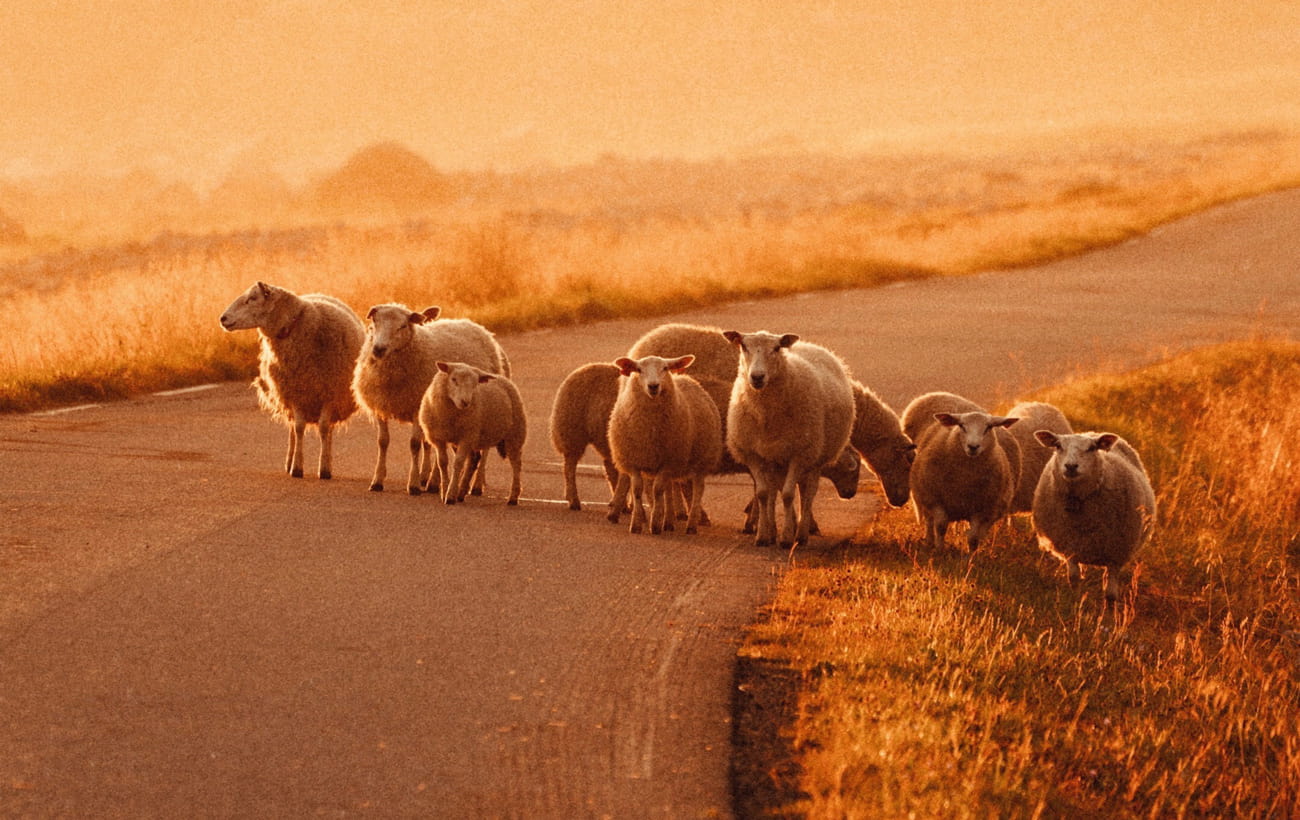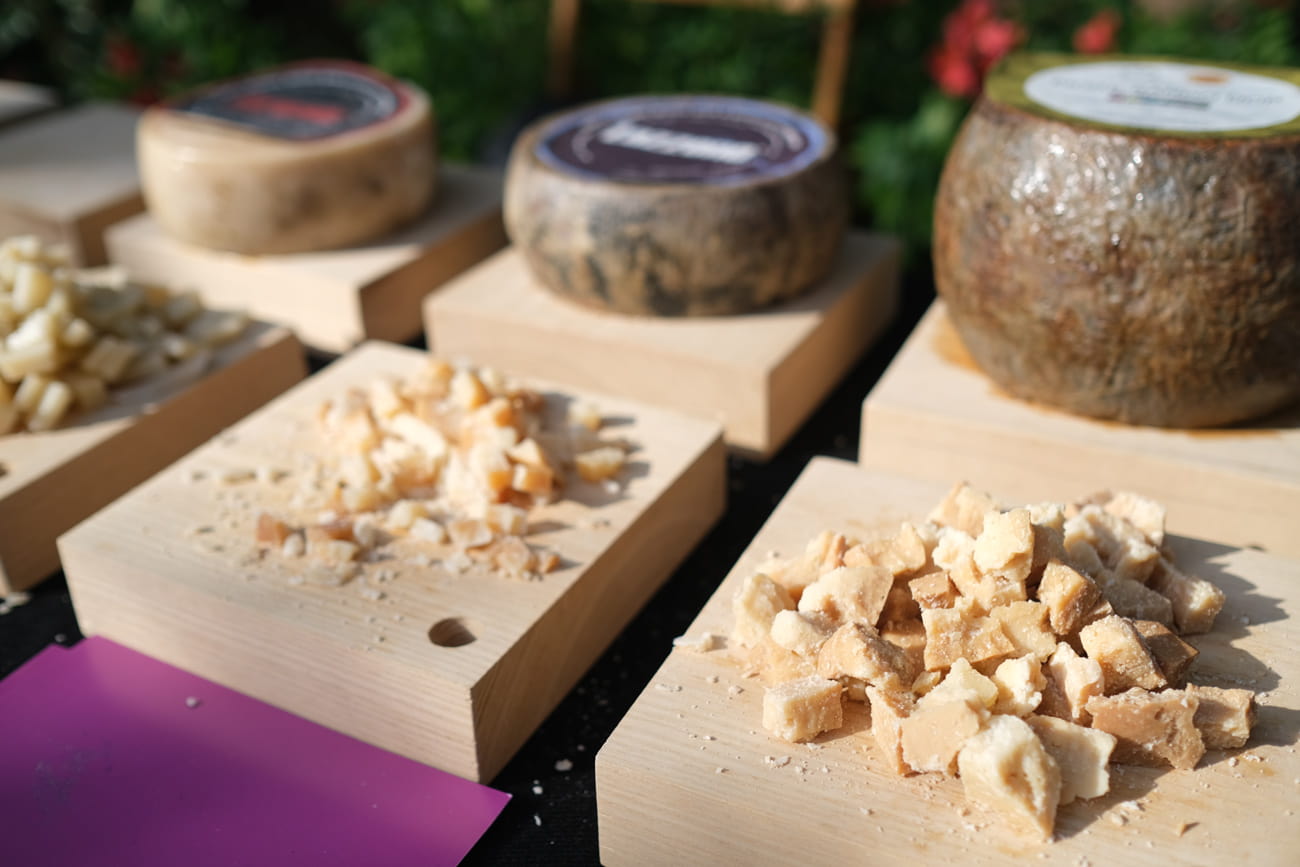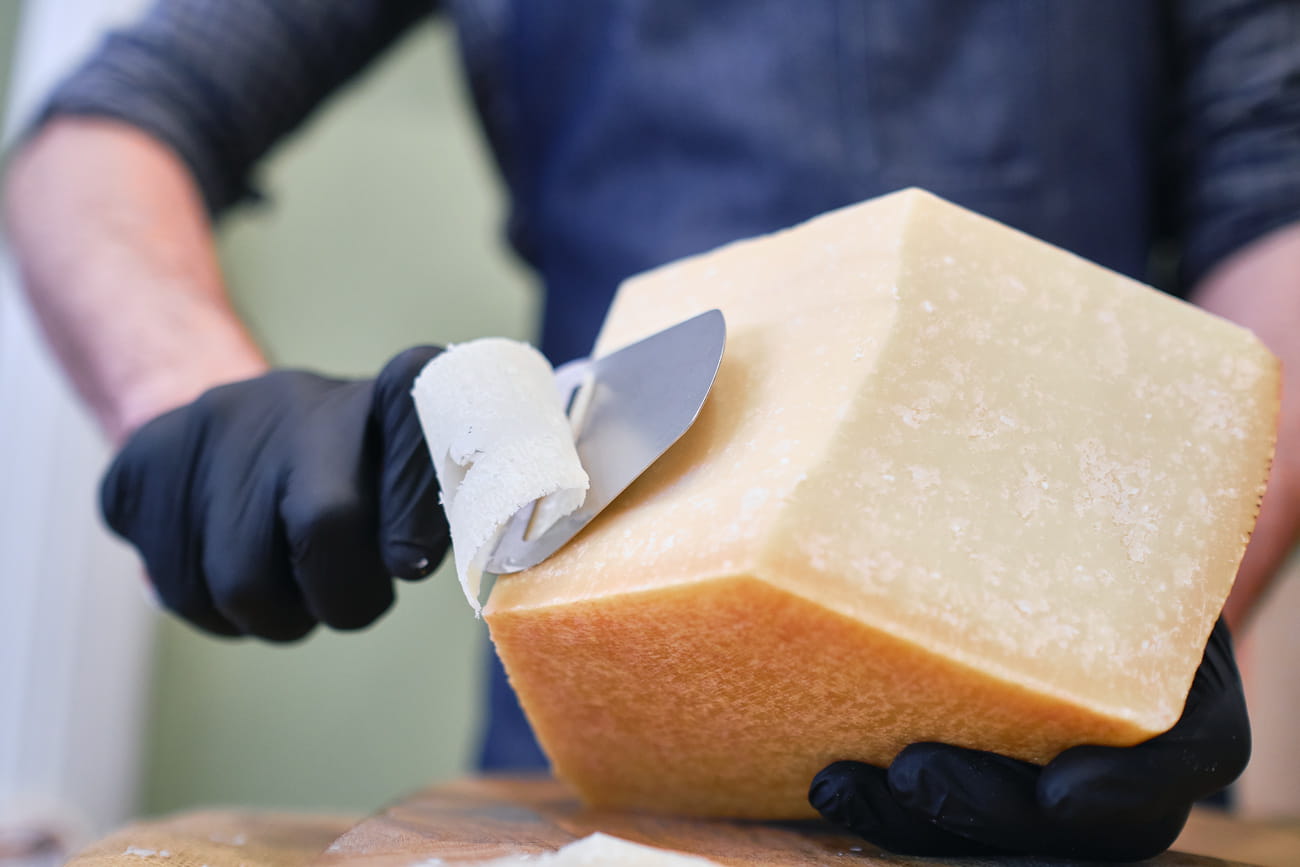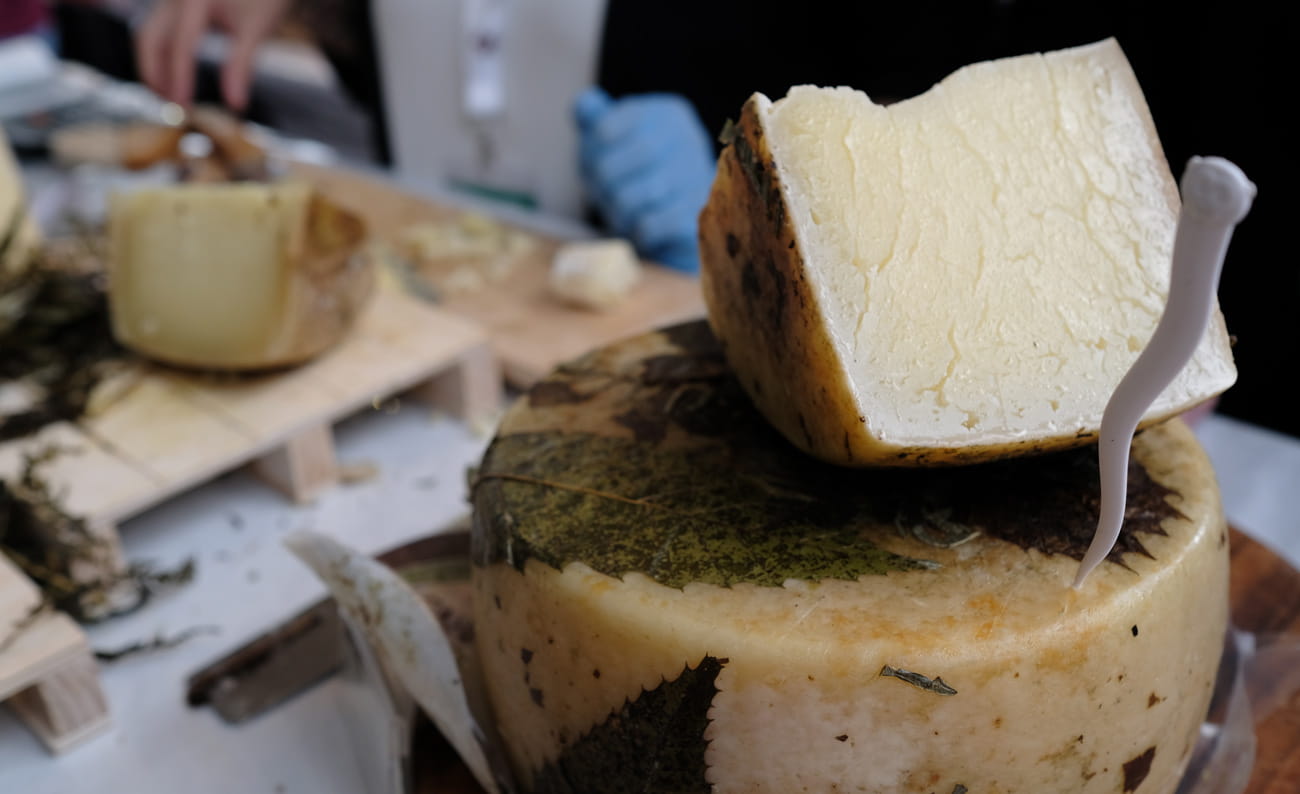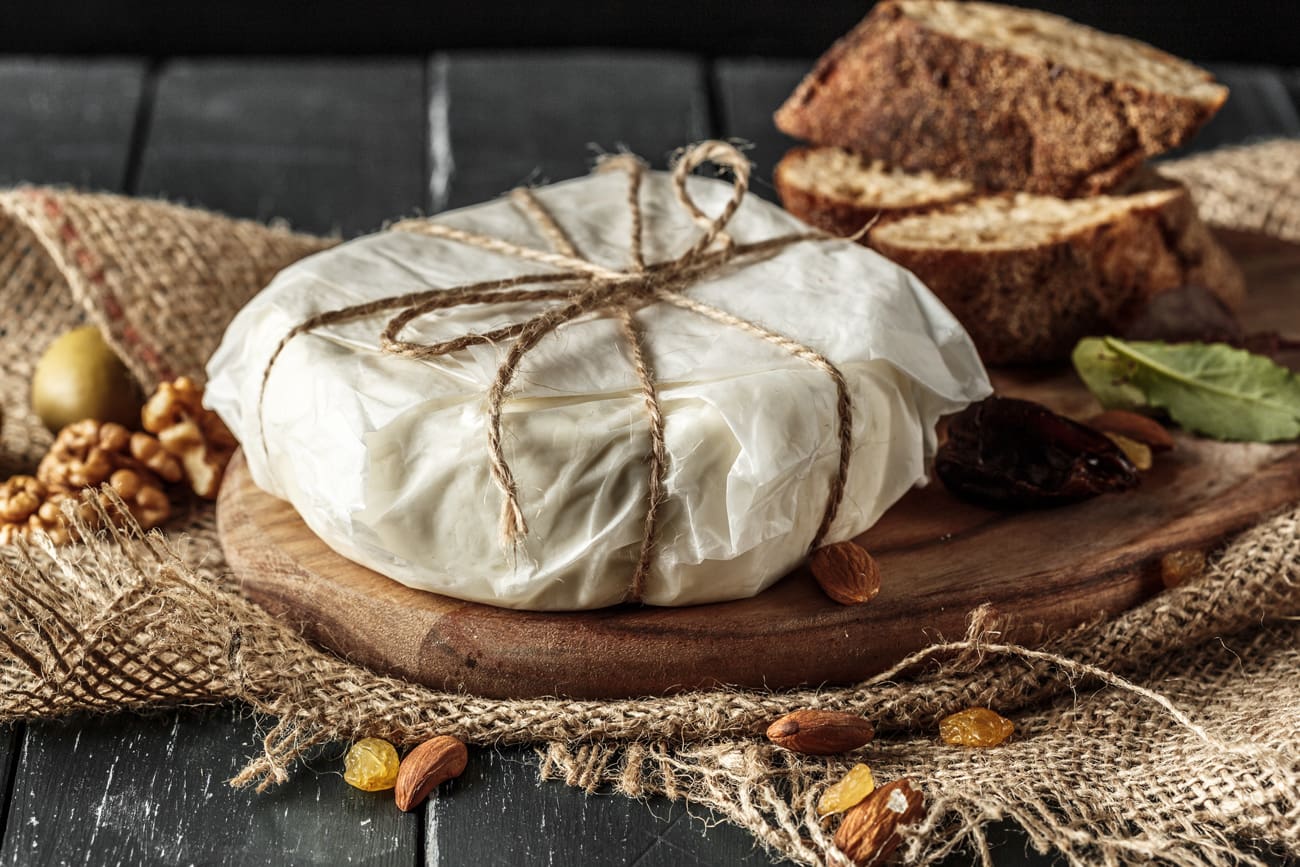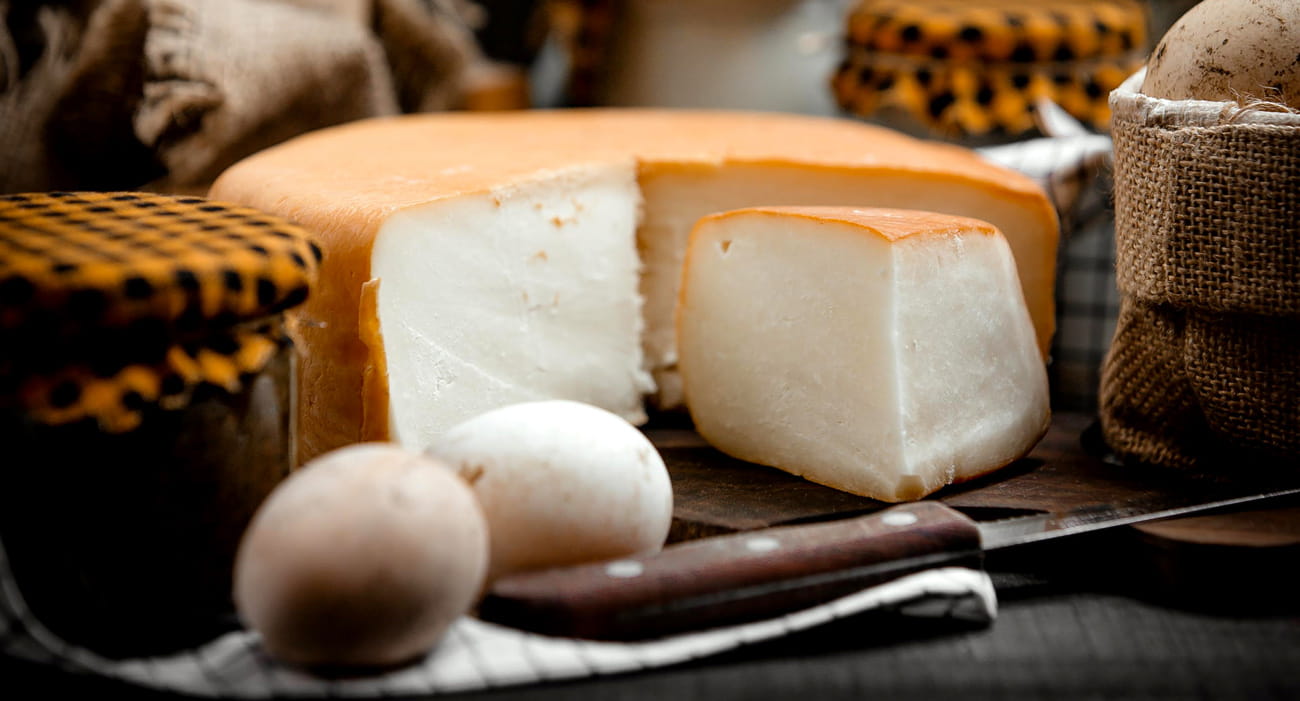Pecorino Sardo: The Forbidden Flavour that Adds Years to Your Life
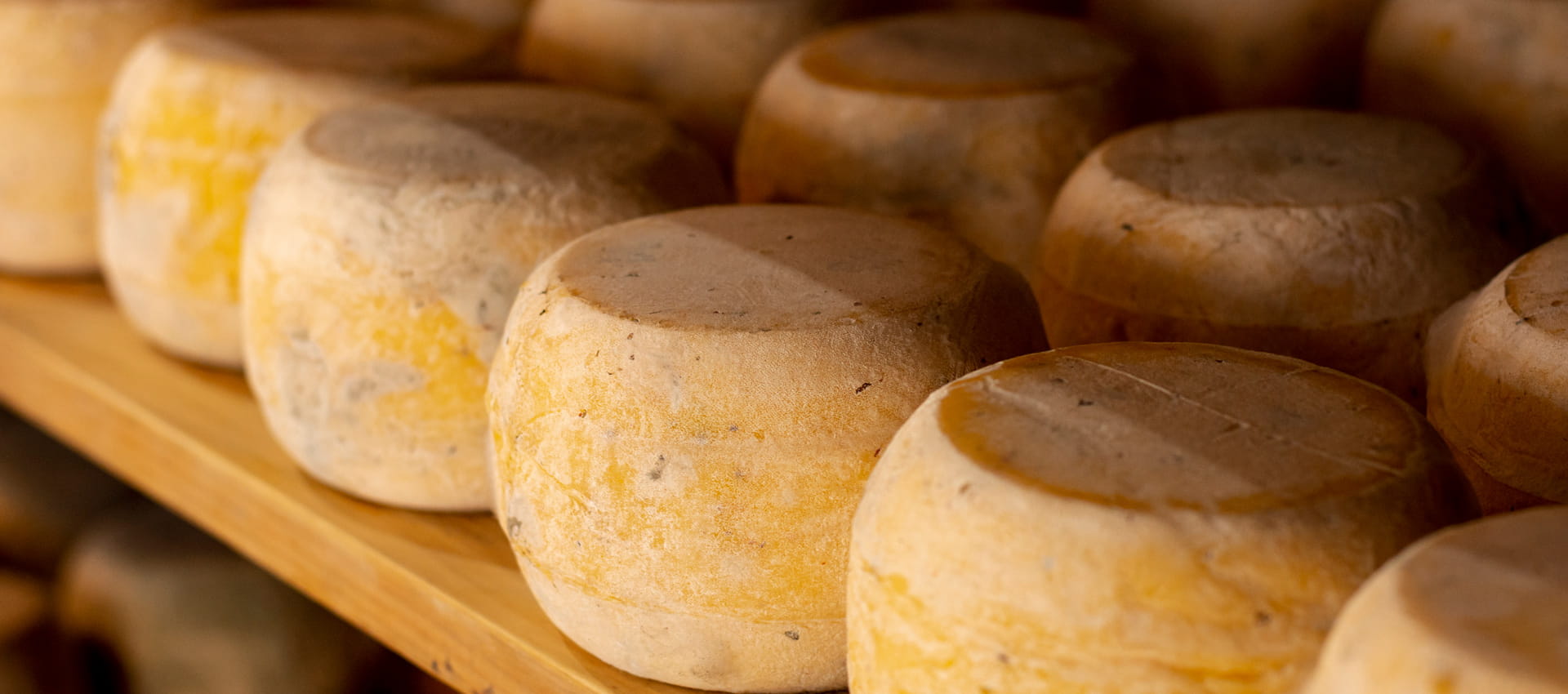
It’s time to flip the script.
Pause. Curtain up. Because behind that slice of Pecorino Sardo your eye with suspicion lies an ancient story and a surprising truth. Sardinia, land of windy pastures and sprightly centenarians, has a well-aged secret and it’s not a “light” one. It’s rich, it’s fatty, it’s delicious. And it might be exactly what your healthy diet is missing… not ruining it.
Feel the mistral wind sweeping over bare hills dotted with wild herbs and yellow flowers. A flock of sheep moves across the landscape like drifting clouds of wool. In Sardinia, this scene hasn’t changed for thousands of years: shepherds and sheep, a bond as ancient as the island’s nuragic stones. Here, cheese is culture and survival. Since the time of the Nuragic people, who relied more on sheep breeding than agriculture, this land has produced a cheese that reflects its territory.
Imagine raw milk, freshly collected and gently warmed (once even using heated stones!), with natural rennet added. The curd is broken by hand and placed in traditional woven reed baskets. The whey drains away, leaving the white mass that will become cheese. No preservatives, no futuristic machinery, just ancient gestures repeated every day. That “living” liquid becomes solid form, dry-salted and left to rest like a treasure in stone cellars.
Aging: a magic word. Months and months in cool rooms with walls a meter thick, breathing like the earth itself. Good molds embrace the rind; the air of the Mediterranean scrub seeps into the pores of the cheese. Each wheel matures at its own pace, developing aromas of hay, almond and damp earth. It’s a millennia-old tradition, carefully preserved, a core part of Sardinian identity.
Now open your eyes to the final result: Pecorino Sardo PDO in its two souls.There’s the Dolce, the young rebel with a tender heart: aged only 20–60 days, soft texture, delicate flavor with a slight tang. Its thin, pale rind still smells of milk and flowers, the kind of cheese you can bite into shamelessly, maybe pairing it with bitter Sardinian honey.
And then there’s the Maturo, the seasoned veteran: aged at least two months (often six or more). The rind turns thick and dark; the paste shifts from white to straw-yellow, firm, with that slight granularity of cheeses that have stories to tell. On the palate it’s sharp and bold, like an old shepherd, gruff but wise. A bite of mature pecorino lets you taste Sardinia’s summer sun concentrated into crystals of flavour.
But the surprises don’t end there. Sardinia also boasts variations for adventurous palates. There’s smoked pecorino, heir to the ancient Fiore Sardo: raw-milk cheese lightly smoked over aromatic wood. The smoke permeates the rind with intense, fireplace-like notes with a flavour that recalls winter in the pinnette (shepherds’ huts) and celebrations around the fire.
And then there’s him, the anarchist of cheeses: Casu Marzu. Its name alone makes some eyes widen, others sparkle with challenge. Nicknamed the “walking cheese” or “living cheese”, it’s a pecorino that’s crossed a point of no return. It begins as a well-aged pecorino (at least six months), purposely exposed to the cheese fly. The larvae, yes, those tiny ones, tunnel through the paste, transforming it into a spicy cream with a pungent, wild aroma.
Crazy?
Yet centuries ago, Sardinian shepherds didn’t throw it away. They tasted it and discovered a unique, explosive flavour that brings tears to your eyes and adrenaline to your heart (maybe out of courage). Today casu marzu is illegal by sanitary laws, yet recognized as a Traditional Agri-food Product and sought after like a terrestrial oyster by those who crave the thrill of the forbidden. One taste and you’re inside an ancient ritual: usually spread on pane carasau with a sip of Cannonau wine, balancing the cheese’s force with the sweetness of the bread and the strength of the wine. It is the triumph of dairy audacity, the extreme chapter of a tradition with no taboos.
Now you’re wondering: alright, tradition and flavour are fine… but what about health?
Could Sardinian shepherds really eat all that cheese without paying the consequences? Prepare to rethink everything, because Pecorino Sardo proves that flavour and wellbeing can walk hand in hand.
In Sardinia, longevity is a familiar companion. The island is known as a Blue Zone, land of centenarians. And guess what? In the daily diet of these lively elders, there’s always been pecorino cheese.
ADVERTISMENT
Cheese every day? Yes, but not just any cheese: cheese made from sheep grazing freely on wild local herbs, rich in omega-3 fatty acids. The milk of these free-roaming animals is a magic potion: richer in good fats (Omega-3, CLA) than milk from intensive farming. This makes traditional Pecorino Sardo almost a natural supplement. A 2012 study by the University of Sassari confirms it: aged Pecorino Sardo contains valuable short-chain fatty acids (like butyrate) known for their positive effects on gut flora and the immune system.
Forget “heavy food”: a small piece of authentic pecorino can actually support a healthy gut and strong defenses!
And it’s not just about fats. Let’s talk proteins: Pecorino Sardo is packed with high-quality proteins, far more than most cheeses. A moderate serving is ideal for athletes or anyone who wants to increase protein intake without overdoing meat. All essential amino acids are there, ready to nourish your muscles and cells. No wonder pecorino is also an excellent choice for vegetarians seeking complete protein sources.
Then there’s the vitamin and mineral chapter. Made from whole sheep’s milk, this cheese is rich in highly bioavailable calcium, far more than in cow’s milk. Each bite strengthens bones and teeth, a concrete ally against osteoporosis. In just 30–40 grams (a small slice), you get a substantial contribution to your daily needs of protein, phosphorus and calcium.
And those demonized fats? The beauty of pecorino from pasture-raised sheep is the presence of beneficial fatty acids like CLA, linked to improved fat metabolism. A Sardinian study showed that introducing CLA-rich pecorino into the diet can help lower LDL (“bad”) cholesterol. Imagine that: the “fatty cheese” can reduces cholesterol! Thanks also to the medium-chain triglycerides in sheep’s milk, which are easier to metabolize and help regulate blood lipid levels.
And there’s more: Pecorino contains vitamins A and E, two powerful natural antioxidants. That means healthier skin and mucous membranes, protection against early cellular aging, and support for the immune system. Then we have the “micro” nutrients: vitamin B12, zinc, phosphorus, magnesium… a hidden treasure inside that straw-yellow block. Hardly a guilty pleasure, this is a fully fledged functional food.
And what about lactose?
Many avoid cheese fearing bloating. But here’s the surprise: well-aged Pecorino Sardo is practically lactose-free. During maturation, all milk sugar is fermented by bacteria and disappears. So even those who are lactose intolerant can often enjoy a bite of old pecorino, with reasonable moderation. Paradoxical, isn’t it? We avoided pecorino thinking it was the enemy, yet it could be an unexpected ally.
At this point the scene is clear: Pecorino Sardo steps down as the accused and returns as the hero. A longevity elixir, as a University of Florence study described it to be a part of the secret of Sardinian shepherds, one of the longest-living populations on Earth.
Think about it: generations living to 90 and 100, nourished daily with wholegrain bread, legumes, wild greens, a glass of wine and… pecorino cheese. That elderly man sitting under the almond tree with his wool cap has likely eaten pecorino almost every day of his adult life. And if you reach 100 still on your feet, who could dare call it “unhealthy food”?
Our comedy nears its end and with it, hopefully, the false myths surrounding Pecorino Sardo. From “forbidden food” to Mediterranean superfood, this cheese has regained its place of honour.
Do you really want to keep believing that health lies in sad, flavourless substitutes? Or will you listen to the wisdom of centenarians and the authentic voice of an ancient land?
Don’t fear the good fats: artisanal Pecorino Sardo from pasture-raised sheep offers much more Omega-3 and CLA, unlike industrial cheeses.
Goodbye lactose: choose well-aged pecorino (over 3–4 months) because maturation naturally eliminates almost all lactose.
A portion of ~30 g a day is enough: it provides complete proteins, calcium, phosphorus, vitamins A, B12, E and zinc. Small amount, big nourishment.
Vary the type: enjoy young pecorino in cubes on salads or bread; use mature pecorino grated or shaved; savour smoked pecorino with boiled potatoes or in soups for a hint of wood-fired aroma.
Pair it the Sardinian way: match it with simple, honest foods. Wholegrain bread (or carasau), bitter honey or fig jam, seasonal fruit and a glass of red wine.
No more bland compromises.
Next time you shop or set the table, remember this journey to Sardinia. Make room for a piece of Pecorino Sardo PDO in your life: enjoy it without guilt, share it with those you love.
Life is too short to give up authentic flavours and who knows, maybe those very flavours will add a few more years to it.
For your Advertising
A simple and targeted opportunity to be found by those looking for experiences in the area.
Learn moreAuthentic Flavors of Sardinia:
